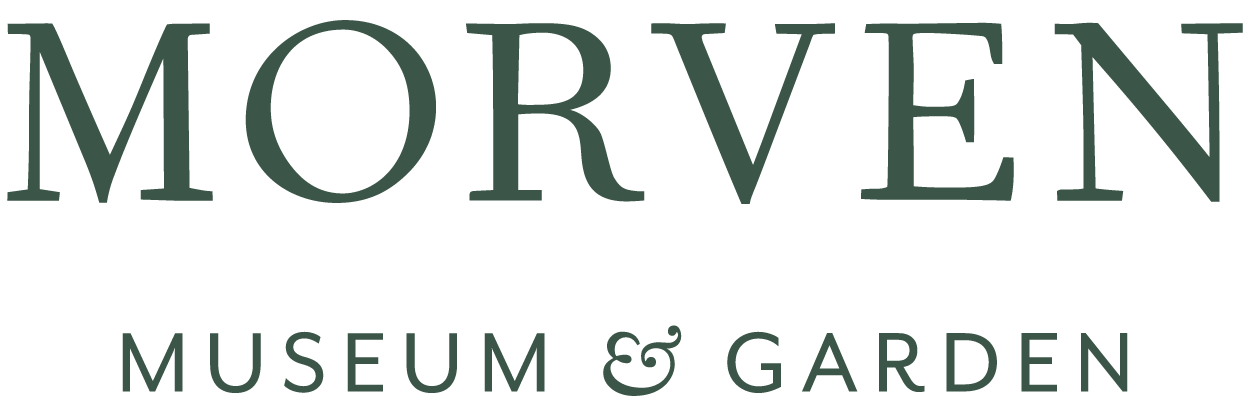Orientation Gallery
Click here to head back to the Ma Bell landing page.
“Although there is a great field for the telephone in the immediate present, I believe there is still greater in the future.” -Alexander Graham Bell, 1878
The quote above, from Alexander Graham Bell, inventor of the telephone correctly anticipated that his new technology would have exponential applications. This prediction, made at a time when few homes had electricity, foretold the future of Bell’s companies: a belief that rigorous investigation in the present would unlock solutions to problems decades away.
Just seventy years later in Murray Hill, NJ, three Bell Telephone Laboratory scientists, in an effort to improve phone calls, invented the transistor; a building block of modern electronics that would transform the world. Declaring that his “...first stop on any time-travel expedition would be Bell Labs in December 1947,” Bill Gates recognized the birth of the transistor as the dawn of a new technological era. Most of us could not imagine our lives without transistors – your cell phone, for example, has around 11 billion of them. This exhibition seeks to share the origins of the technology you use everyday and how it has shaped the ways that we connect.
Ma Bell, as the massive telecommunication corporation became known, employed tens of thousands of New Jersey residents through its 100-year tenure in the state. From high-flying linemen atop telephone poles, to women connecting calls around the globe, to the world’s leading engineers answering logistical questions of communication — New Jerseyans from all walks of life were central to the ground-breaking technology developed for Ma Bell.
To learn more about the history of the Bell System, watch 146 Years of Innovation at AT&T: An Evening with Dr. Sheldon Hochheiser.
Bell System Locations in New Jersey (before 1984)
Inventing the Telephone
Alexander Graham Bell, Thomas Watson and the invention of the telephone. Part of Series “Three Great Events in Telephone History,” 1944.
George Rapp, painter commissioned by Western Electric. Courtesy of AT&T Archives and History Center.
On March 10, 1876, the first telephone call in history was made when Alexander Graham Bell (1847-1922) spoke to Thomas A. Watson (1854-1934) from a different room in their Boston workshop. The previous year, while working on a variation of the telegraph, the pair were surprised to transmit specific sounds over their telegraph machine. Within hours, Bell had sketched the model for the first telephone, and over the next year, they worked to build a functional model that would make the first call. Bell was interested in human speech and had been concurrently working on other machines that used the human voice. Ironically, these were projected to be less profitable than his proposed improvements to the telegraph.
Public demonstrations of the telephone followed that year, including at the Centennial Exposition of Philadelphia. At first dismissed by some as the “talking toy,” the telephone grew steadily in popularity. Over the next decade, over 150,000 people became subscribers to the Bell telephone system.
Click here to learn more about the invention.
Advances in Automation
In the 1920s, AT&T began using telephone automation to help accommodate its ever-growing base of subscribers. Long-distance, or toll, calls were complicated to route from one telephone subscriber to another as operators had to connect to one another across growing distances. In the early days, it could take as long as 14 minutes for a connection to be made. Automation was the key to connecting more calls in less time.
Starting in 1951, with the invention of the No. 4A Crossbar, customers could dial long-distance without the help of an operator. Bell launched its long-distance direct dial service from Englewood, NJ, where newspaper and film campaigns prepared Englewood customers in the new dialing mode. In 1965, crossbars were upgraded to a new Electronic Switching System (ESS), making it the first time phone calls were directed by computer. ESS was programmed by some of the first software in existence. It was a gargantuan project considered to be the most complex system to come out of genius-filled Bell Telephone Laboratories. As automation increased, the systems needed escalated in complexity, reducing operators’ involvement but requiring more engineers and technicians.
Click here to learn more about automation.
Bell Centennial
Did you know that this quirky title type was created for Ma Bell? Named Bell Centennial, this typeface was specifically designed for the small print in phone directories. The special indents are called ink traps, as they stopped ink spread on newsprint. These divots normally would not be visible, as they fill with ink when printed at a small size, increasing legibility.
Click here to move to the next room in this exhibition, Gallery 1.




